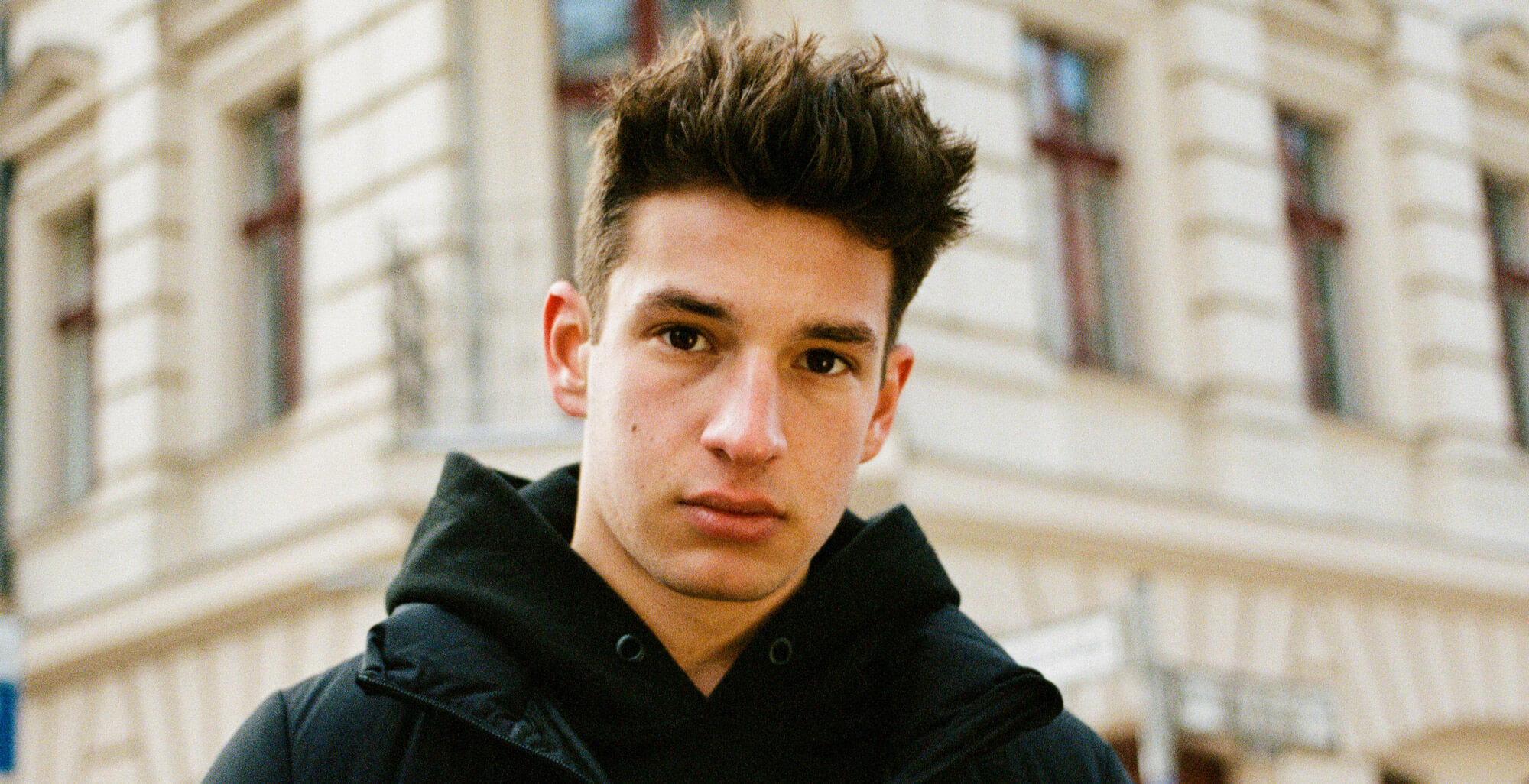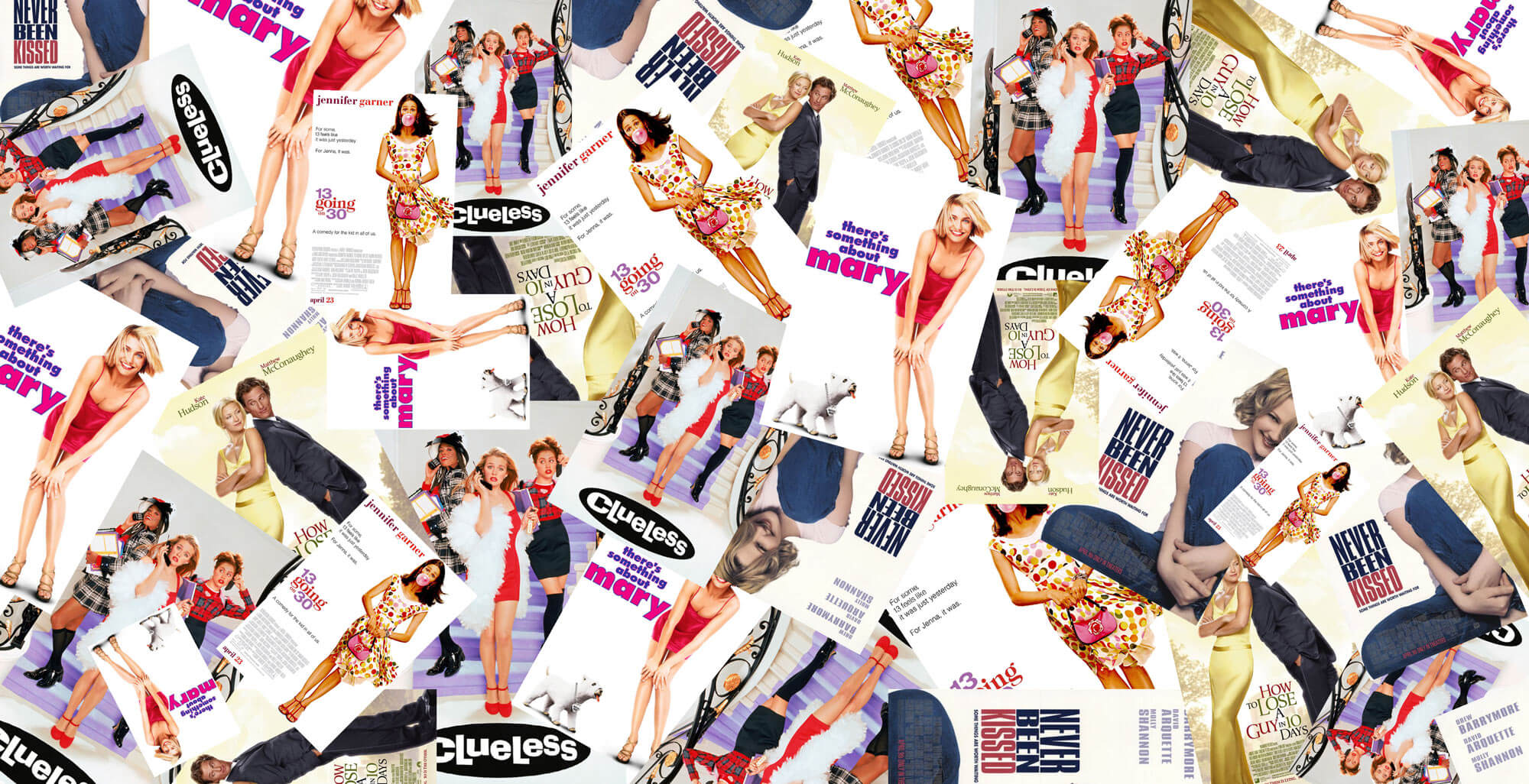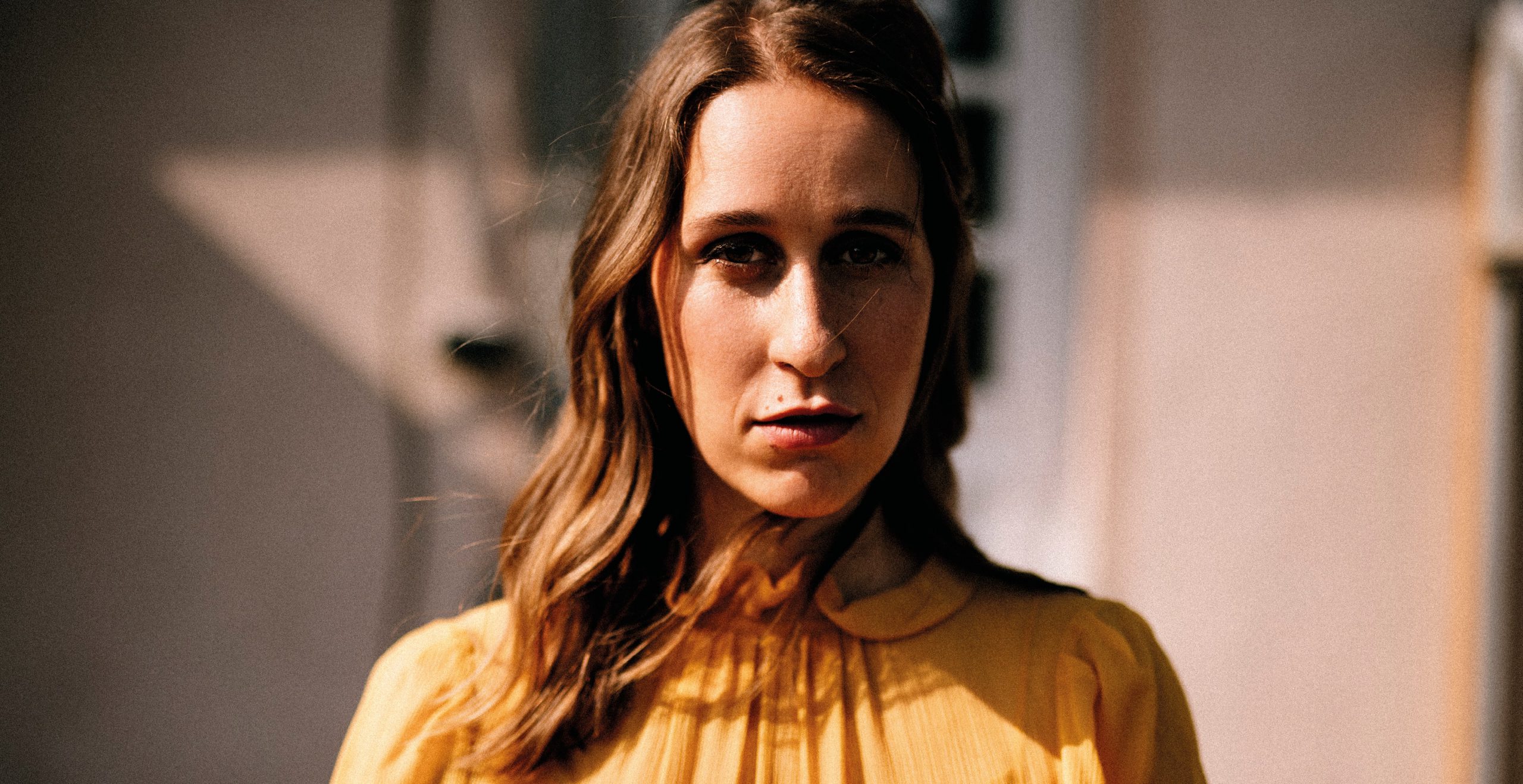Hailing all the way from academic endeavours, Joan Ling-Li Nesbit-Chang came to Berlin to test their creativity and found themselves involved in a large number of projects, some of which never saw the light, while others brought the attention to the raw, predominantly queer aesthetic of their visual compositions. Among their projects is Trauma Bar und Kino x Boiler Room, with an edgy, lustrous light concept, and the playful monochromatic colour concept for Zalando Young Fashion Campaign 4, with the art direction of Islem Brahim.
Their approach to aesthetics has earned them collaborations with artist Danny Elfman, platforms such as Zalando, Numero Magazine, Vogue and Boiler Room, and brands like Adidas. Here we discuss the way Joan has landed and risen up to pursue their recently found love for set design which has been, at many times, combined with fashion in a mix of personal, artsy and commercial projects.
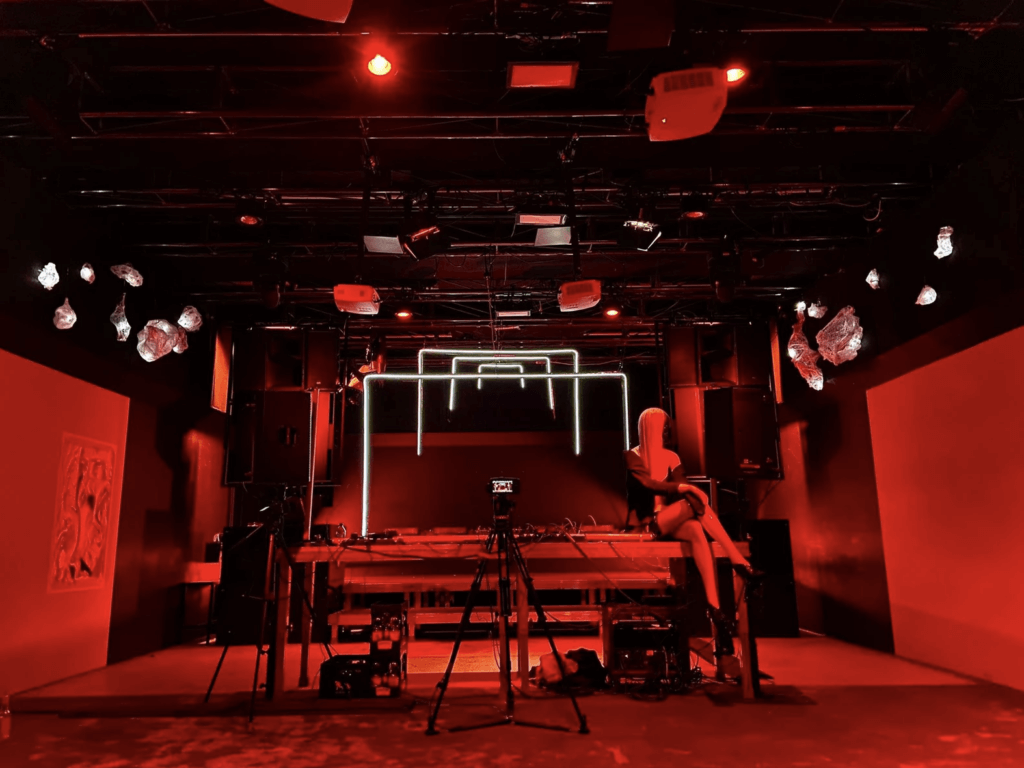
Can you tell us a bit about your trajectory, what was the jumpstart into set design?
For me, it was super random. I was always pushed into academia and was undertaking my master’s in psychology when I moved to Berlin. I didn’t know anyone and then a week later the pandemic hit. So to meet people, I applied to all these weird projects via Facebook groups and e-Bay Kleinanzeigen. It was never meant to be more than that.
One year passed and my visa was expiring but with the portfolio I’d built I got told that I could apply for a freelance artist visa. My portfolio was made of unpaid works and things that would never see the light but I still received a 3 year freelance artist visa.
From that moment, it felt like it was do or die. I kept reaching out for all kinds of opportunities. I was literally down for everything. To this date, I don’t think I’ve ever said no to anything that was interesting even if it felt like out of my league.
I would say the first time I considered set design a memorable moment was when my housemate at the time pitched me for a music video. I was kind of hesitant as I had to sign an NDA and I knew that that meant it was something bigger. He encouraged me to do and that’s how I got my first set design job for Hollywood composer, Danny Elfman.
Who informs your style and approach to aesthetics?
The queer communities that surround me, who are literally pioneering the entire industry.
Some influential people from my personal circles in terms of style are Anton (@effibussi), Parker (@thebussycatdoll) and Joel (@101.404.101) — they come first to my mind. And Ryan Trecartin.
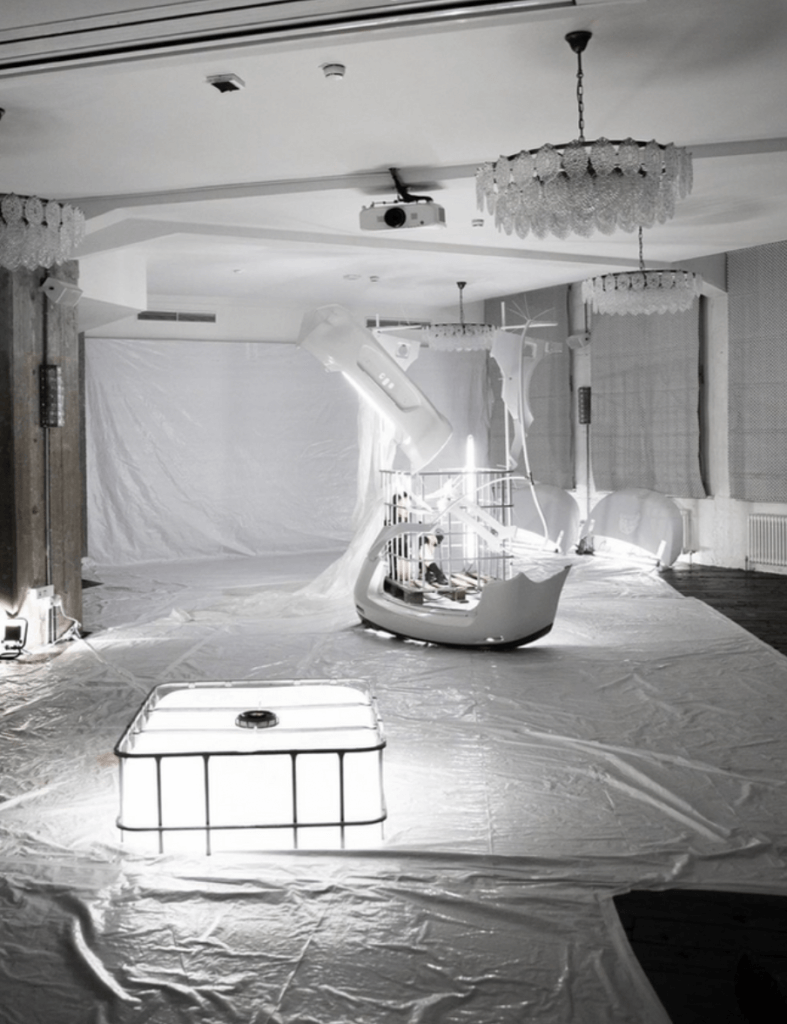
And how would you define your style?
Maximalism + trashcore aesthetics — I like a lot going on — and monochromatic pallets.
What’s the most epic project you’ve worked on so far?
Ahhh the most epic project is almost impossible for me to choose but some extremely memorable projects I worked on were for the BIPOC film society. The power felt within an all-BIPOC and predominantly queer team was immense, and then to receive such strong feedback was pivotal in a heavily white, cishet industry.
I also love working with Mother Loading, I feel super aligned with them and love every single thing they’ve ever pitched to me. They’ve really opened doors to new experiences and job opportunities, and I feel lucky to have been involved in projects such as Boiler Room and Shygirl at Floorgasm, among others. Working with stylist Larissa Bechthold for Troye Sivan in the music video Rush was also a big learning experience for me, it was amazing to be with her and her amazing team Zack Steiner-Fox and Camille Pailler. And shout out to art director Islem Brahim for making my commercial work sexy, fun and interesting.
What it’s like to be a set designer in Berlin today?
Busy 24/7. Really it’s super laboursome — a lot of heavy lifting and hoarding things between my bedroom and studio. Driving big sprinters, returning 50 different optioned bed sheets when only one was used. A lot of computer organisation, excel spreadsheets for logging budgets and props, detailed timelines and documents for my assistants. As well, 10000000 tabs always on my computer to compare different items, Pinterest for inspiration and YouTube tutorials.
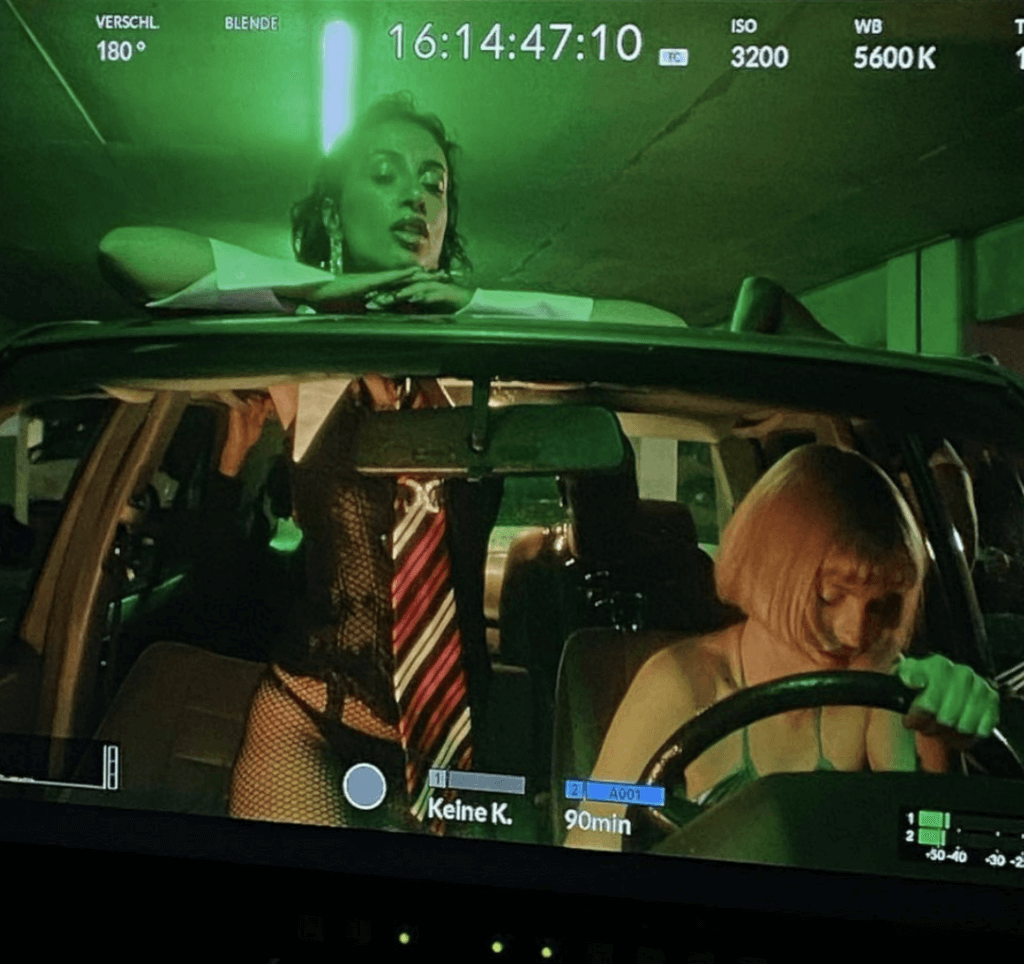
We’ve seen you also work as a stylist. How do styling and set design intersect, or are those two different paths?
They stand next to each other in productions but their social worlds I feel are very different.
I think the fashion world isn’t so much for me, I’m not so interested in big brands or labels or the social world that it comes with. I kind of like the more low-key community around set design.
How would you like to move forward with your career as a set designer and stylist in the near future?
For set design, I’d really like to learn more technical skills. I’m investing a lot at the moment in workshops and self-learning because I think I’m on a good track now and I could elevate my work. As I got pushed into academia and away from the arts when I was growing up, I want to now allow myself space to have child-like learning experiences and play with different materials and mediums. Regarding styling, I think I want to assist more, I think I have a less ‘industry’ approach to styling and would say I have a lot more to learn in this field.
Any upcoming projects you can share with us?
I have a few projects lined up that I unfortunately cannot share! But I’m super eager to post once they’re done.
*Header image: Zalando Young Fashion Campaign by Eden Jetschmann











